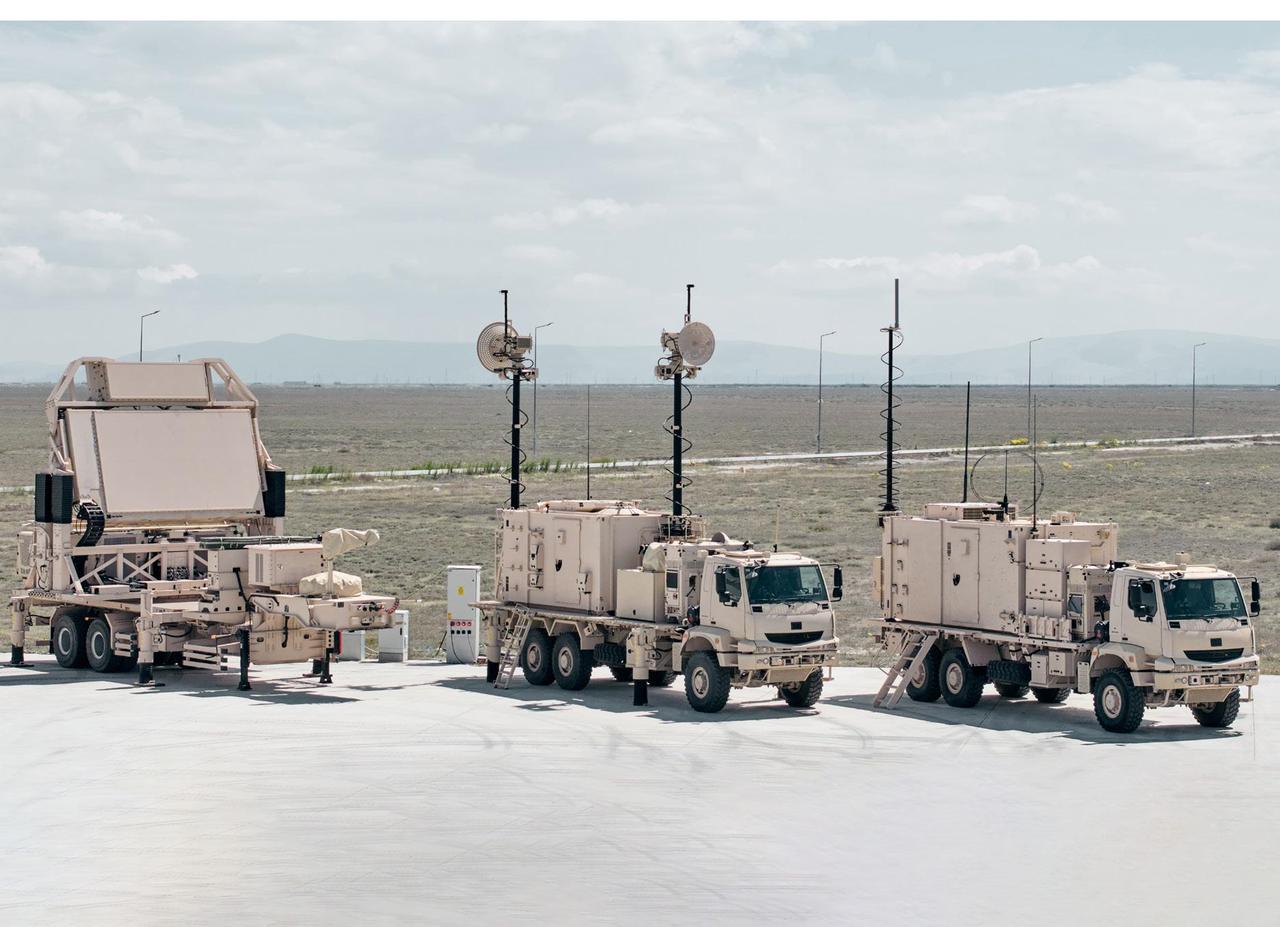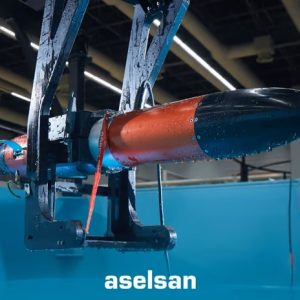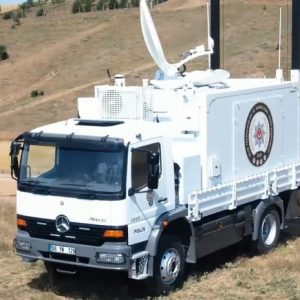
SİPER Air Defence: Türkiye’s Evolving Shield
Türkiye’s ambitious long-range surface-to-air missile program, SİPER, continues to make significant strides with Block-II nearing deployment and Block-III advancing rapidly in development. Managed by the Turkish Defence Industry Agency (SSB) since 2018, the SİPER initiative involves key players Roketsan, Aselsan, and TÜBİTAK SAGE, each contributing vital components such as missiles, sensor systems, and warhead technology, respectively.
From Block-I to Block-II: Strategic Leap Forward
The baseline Block-I variant of SİPER, a derivative of the Hisar-O+ missile augmented by a dual-pulse rocket engine and active radar seeker, successfully entered service with the Turkish Armed Forces in 2024. Following rigorous testing, including more than 100 flight tests by April 2025, Block-I’s mass production commenced under a $1.5 billion contract, ensuring operational deployments through 2029.
However, Block-II marks a distinct shift in technology and performance. Unveiled officially at IDEF 2025, it features a completely new missile design powered by a single-stage rocket motor with an advanced RF seeker, achieving impressive engagement ranges exceeding 150 kilometers and operational altitudes around 30 kilometers. This enhanced capability significantly bolsters Türkiye’s strategic air defence infrastructure.
Operational Readiness Confirmed for Block-II
Recent statements by Roketsan’s General Manager in July 2025 confirmed Block-II’s imminent operational readiness, citing successful interception tests conducted in Sinop in August 2023 and September 2024. Block-II missiles will soon be integrated into Türkiye’s air defence network, offering robust regional protection against advanced airborne threats.
Block-III: Addressing Ballistic Missile Threats
SİPER Block-III represents Türkiye’s ambitious entry into ballistic missile defence capabilities. Currently under active development, Block-III aims for a target engagement range exceeding 180 kilometers and will intercept short-to-medium range ballistic threats. This future capability aligns closely with the Turkish Navy’s TF-2000 air-defence destroyer class, set for operational service in the late 2020s.
Strategic Implications for NATO’s Southeastern Flank
The ongoing advancements in SİPER reinforce Türkiye’s strategic autonomy in air defence, significantly enhancing NATO’s collective defensive posture, especially along the alliance’s critical southeastern flank. The integration of advanced missile defence systems such as SİPER into the Çelik Kubbe (Steel Dome) multi-layered architecture underscores Türkiye’s growing role as a central pillar of regional security.
While Blocks I and II fulfill immediate high-altitude and long-range interception roles, the future deployment of Block-III will address the critical gap in ballistic missile defence, completing the comprehensive vision for national and regional air security.











